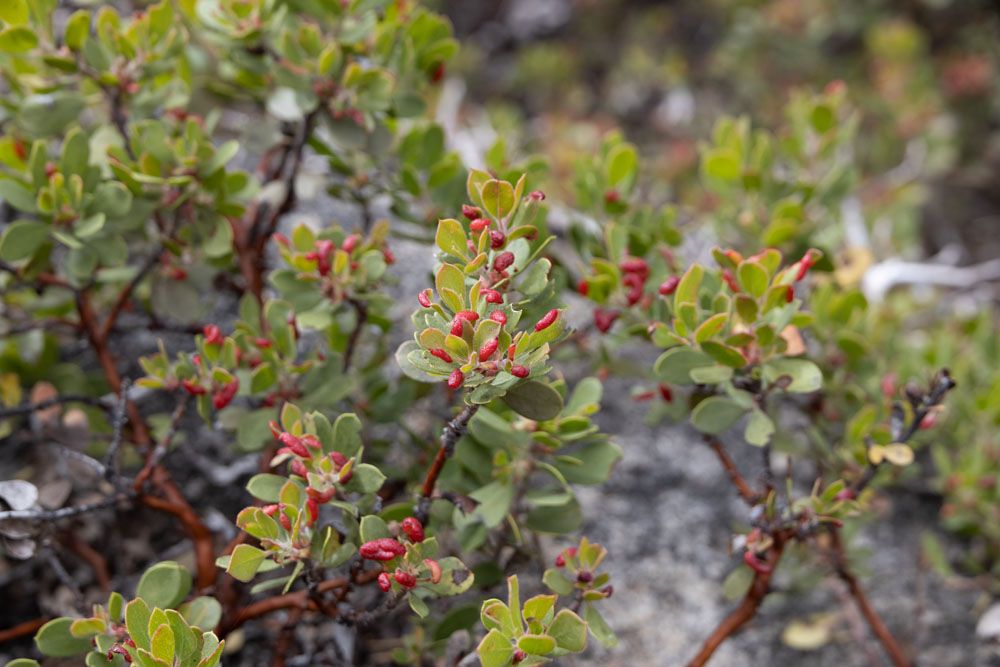
Manzanita Leaf Gall Aphid – Tamalia coweni
Manzanita Leaf Gall Aphid (Tamalia coweni)
Latin Name: Tamalia coweni
Common Name: Manzanita Leaf Gall Aphid
Appearance:
- On manzanita (Arctostaphylos) leaves, the aphid Tamalia coweni develops crimson or reddish-green elongate to pod-shaped galls.
- Adult apteral have dark sclerotic cross-bands on the tergites and sternites that range from dull, dirty yellow to dark green to blackish.
- Tamalia inquilinus has 4-segmented antennae and a body surface covered in many tiny spicules. Pores on little flattened cones contain siphunculi.
Hosts plants:
Arctostaphylos patula and Arctostaphylos viscida.
Territory: The manzanita leaf-gall aphid, Tamalia coweni, is a widespread species native to the west coast of North America.
Damage caused by Tamalia coweni:
In manzanita leaves, the aphid forms pod-shaped, green to reddish galls. The damage does not have a substantial impact on plant health, but it can be unsightly.
Gall maker’s description:
Galls are tree growths that wasps, flies have taken over, and other insects to create a casing of plant tissue that protects and supports the gall maker’s growing young. Gall-maker insects include a variety of wasps, flies, and a few aphids and mites. The majority of growths, except some twig and stem galls, do not affect healthy trees. Galls can develop on the leaves, bark, flowers, buds, or roots of plants. Over half of these fascinating critters are attracted to oak trees.
Life History and Habits:
Manzanita is the only plant that these bugs eat. Adult females (winged or wingless) give birth to live offspring without mating for most of the year. Manzanita leaves have pod-shaped aphid galls that range in color from green to crimson. Although the damage is unattractive, it does not affect plant health. The fall brings about a sexual generation of winged males and females. The winged aphids spread, mate, and lay overwintering eggs on the bark near the plant’s base. The developing aphids wander up to the leaves, settle to feed and begin galls once. Late winter or early spring is when the eggs hatch. Every year, they have multiple generations.
